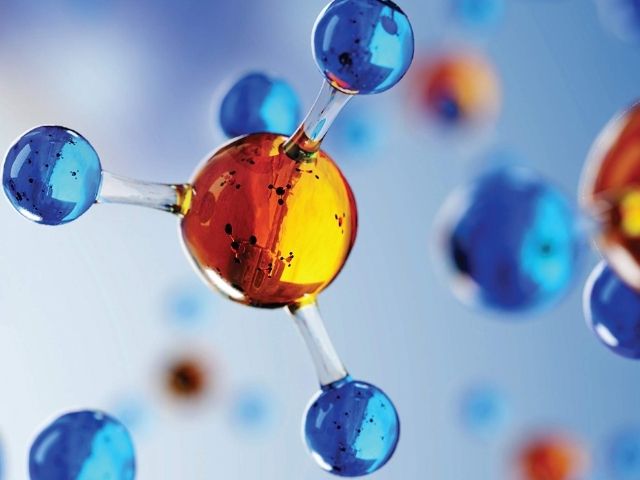Compounds are two or more elements in a particular proportion of atoms. A compound is formed when two or more elements combine chemically at a specific mass ratio. When components mix, some of the original properties of the elements are lost, and the newly formed compound acquires new properties.
Many chemical substances are necessary for daily life. These compounds have been utilised either in suitable amounts or as reagents. Thousands of such chemicals are used daily. Some examples are detergents, surfactants, soap, baking soda, toothpaste, sugar, alcohol, bleaching powder, salt, and other similar substances.
Significance of the Chemical Compounds
Chemical industries are the primary contributors to transforming raw materials into the desired products in our daily lives. It has resulted in a significant change in the way things are done. The importance of the chemical industry in influencing all parts of our lives, including agriculture, food, climate, fashion, health, and transportation, is essential to consider.
Paint-Related Chemical Compounds
There are several different types of paint, wall paint, wood paint, iron paint, and automotive paint, designed expressly for the item to be coloured. Paints are either water-based or oil-based, depending on the solvent used. Binders, components, additives, pigments, dyes, and solvents or carriers are derived from fossil, mineral, biological, and synthetic sources.
Chemicals Used in Pesticides
Pesticides are poisonous chemicals that are used to eliminate pests. Pesticides are chemicals or biological agents that discourage or destroy pests. Examples include bacteria, viruses, disinfectants, and antimicrobials.
Examples of pesticides are,
- Fungicides
- Herbicides
- Insecticides
Particular chemical pesticides are glyphosate, acephate, propoxur, boric acid, metaldehyde, DDT, Dursban, malathion, etc.
Chemical Compounds Used In The Textile Business
Process and pre-treatment, fabric printing, dyeing, and polishing are non-chemical and chemical treatments that a textile might undergo during the manufacturing process. Chemical processes are frequently employed to improve the properties of textiles used to make clothing. Finishing agents reinforce fabrics and make them wrinkle-resistant.
Chemicals Used In Cleansing Treatments.
In detergents, product lines contain an active component known as a surfactant. Surfactants decrease the surface tension of water, allowing it to mix with oil or fat. Detergent can eliminate stains in solid and liquid forms; hence, we clean soiled fabrics.
The chemical element can also help to wet the hair in shampoo by lowering the water surface tension, allowing it to be rinsed thoroughly. Shampoo removes the oil from the hair by reducing the fat content. Several additional components in the shampoo are listed on the bottle’s label. Stains, salts, dirt, hair oil, and dandruff are removed as they degrade. It is not possible to do it only with water.
Significance of Organic Chemistry
The study of carbon-based compounds is known as organic chemistry, and it is the study of carbon-based molecules’ structures, characteristics, composition, synthesis, and reactions. Organic chemistry offers a wide range of uses — pharmaceuticals, petrochemicals, food, cosmetics, explosives, and paints, to name a few.
Conclusion
Chemicals provide benefits on which modern society is dependent. They also contribute significantly to trade, jobs, and citizens’ economic and social well-being. The precise number of chemicals on the market is unknown, and new compounds are introduced each year. As a result, the chemical compound’s use in daily life is significant.


